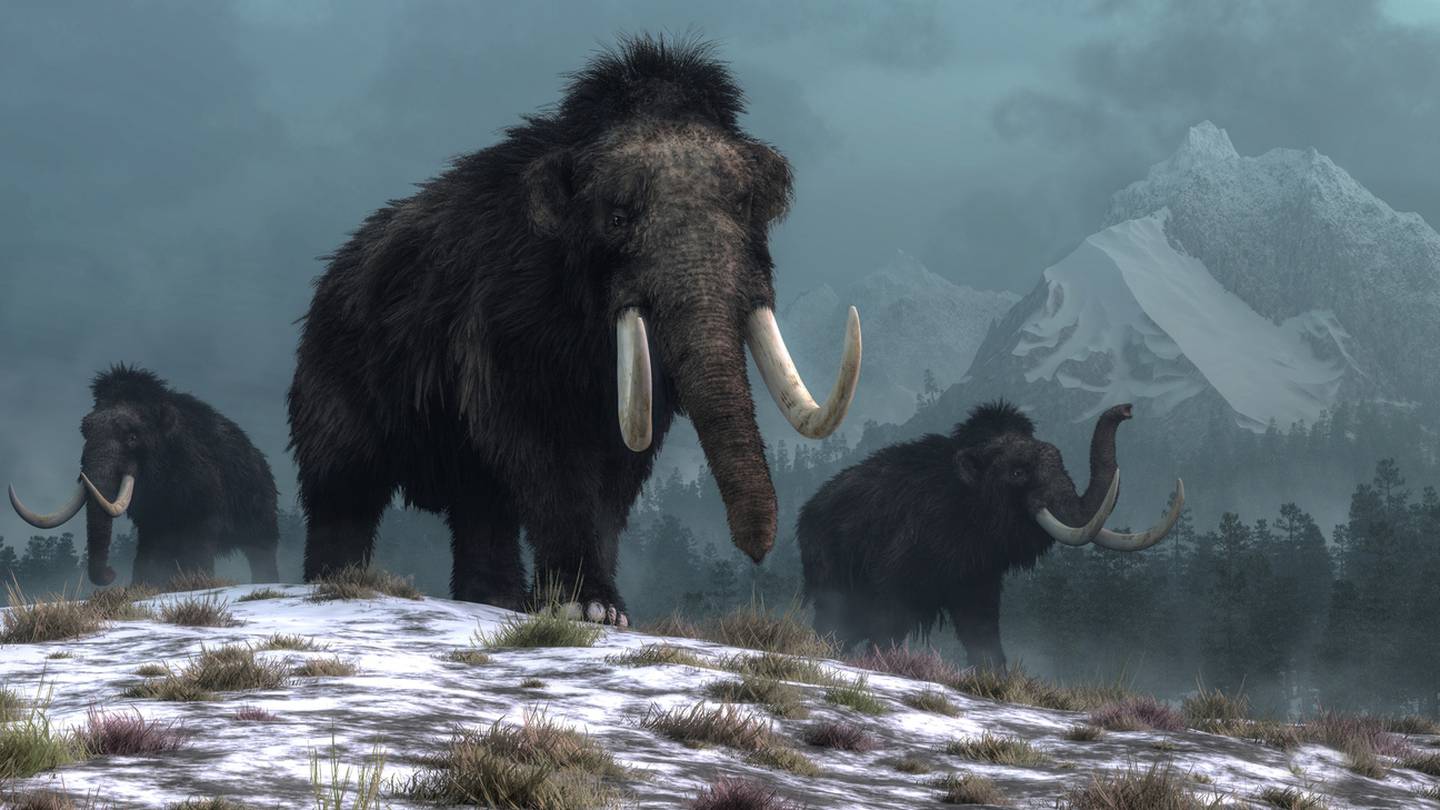Mammoth meatball: Food startup creates mammoth meat from DNA


An Australian startup wants to bring culture to your next meal. No, not the type where you dress up and there’s chamber music playing quietly in the background of a 7-course meal.
It wants to bring cultured meat to the table and it’s starting in a really big way.
Vow made what it says is a mammoth meatball. The name is not only from the size of the sphere but also from what it’s made of.
The company used a mammoth genome to grow what it said is an approximation of mammoth meat in a lab, combining a bit of mammoth DNA and a dash of an African elephant genome to fill in the genetic gaps and injecting the synthesized gene into a sheep muscle cell to allow it to grow, CNN reported.
“From a genomic point of view, it’s only one gene amongst all the other sheep genes that is mammoth,” Ernst Wolvetang said, according to CNN. “It’s one gene out of 25,000.” Wolvetang is a professor and senior group leader at the Australian Institute for Bioengineering and Nanotechnology at the University of Queensland and was part of the project.
In the end, the company made about 400 grams of mammoth meat or about .88 pounds.
Vow said the project was to draw attention to the potential of cultured meat to change eating habits and make them more planet friendly.
Cultured, or cell-based, meat is made from animal cells and is grown in a lab instead of butchering livestock, The Associated Press reported.
Vow is among about 100 companies that are working on cultured meat products, the AP reported. But only Singapore has approved the use of cell-based meat for consumption. Vow is hoping to sell its first product — Japanese quail meat — in the country this year.
“We need to start rethinking how we get our food. My biggest hope for this project is … that a lot more people across the world begin to hear about cultured meat,” James Ryall, the company’s chief scientific officer, said, according to CNN.
But don’t grab a knife and fork just yet. The meatball isn’t for consumption. It will be included as part of the collection at Rijksmuseum Boerhaave, a science and medicine museum in the Netherlands.
The meatball, which is between the size of a softball and a volleyball, was also glazed so it would not be damaged in transport, the AP reported.
Those involved in the project also said they didn’t taste the end result.
“Normally, we would taste our products and play around with them. But we were hesitant to immediately try and taste because we’re talking about a protein that hasn’t existed for 5,000 years. I’ve got no idea what the potential allergenicity might be of this particular protein,” Ryall said.
The meatball was slow-cooked and then browned with a blowtorch, with those who worked on the project saying it smelled good when it was cooking, the AP reported.
“The folks who were there, they said the aroma was something similar to another prototype that we produced before, which was crocodile,” Vow founder Tim Noakesmith said, according to the AP. “So, super fascinating to think that adding the protein from an animal that went extinct 4,000 years ago gave it a totally unique and new aroma, something we haven’t smelled as a population for a very long time.”



